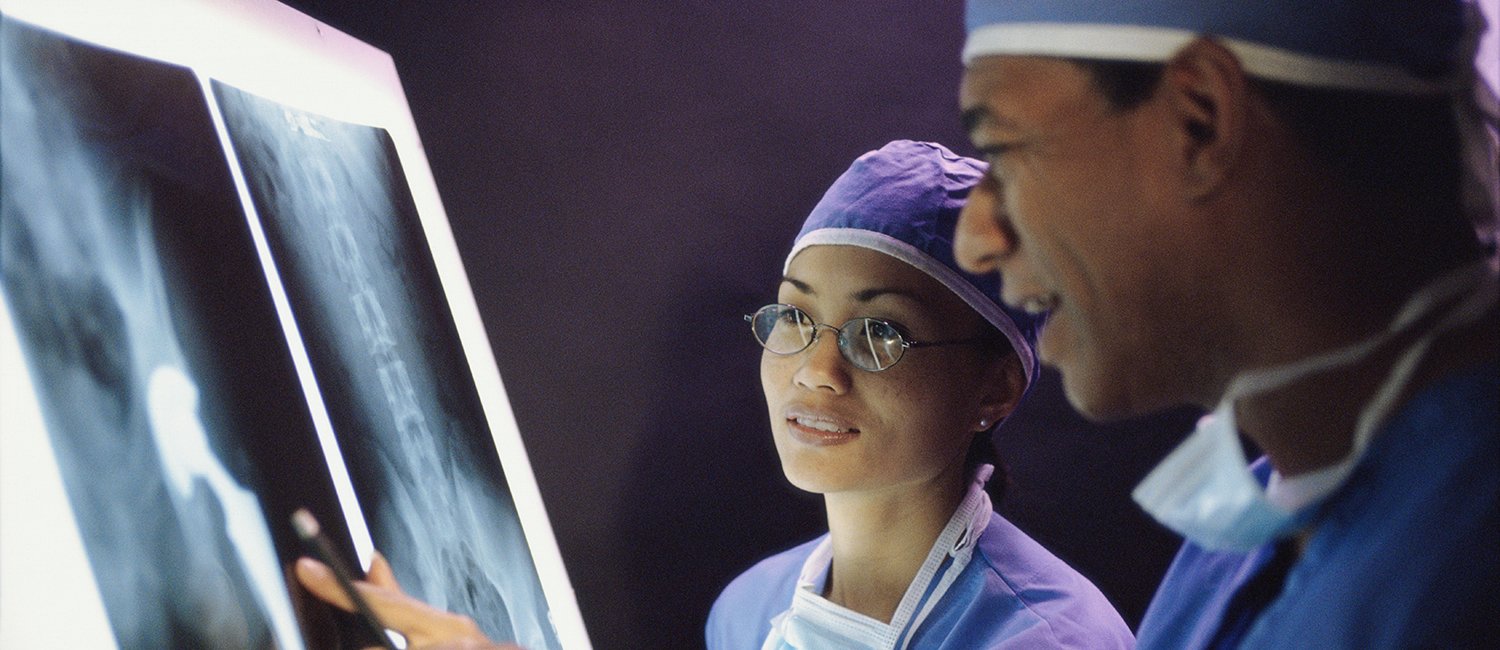
Overview
Often times, physicians are like detectives, following clues and putting together observations and notes to figure out what is wrong and how it can be fixed. In this lesson, students will discuss various diagnostic tools and techniques used by doctors to diagnose their patients. They’ll discuss simple and complex methods and modern tools (such as CT scans and MRIs) used by medical professionals. Additional activities include sharing articles and assigning articles for next time, organ research, Inspiring Stories, and journal writing.
Outcomes
- Students will see how doctors diagnose patients using diagnostic tools and resources.
- Students will be aware of different methods and machines doctors in the U.S. use every day to diagnose patients.
Discussion
- In what ways are doctors like detectives? Examples: Both look for clues, both solve problems.
- What kind of low-tech tools to doctors user to diagnose patients? Examples: their eyes, hands, ears, stethoscope, hearing test.
- What kind of high-tech tools do doctors use to get clues? Examples: X-rays, blood tests.
- Name some easy, non-invasive ways to figure out what is wrong. Examples: taking a patient history, doing a strep test, looking at a rash.
- Name more difficult, invasive ways to figure out what is wrong. Examples: surgery, biopsy, endoscopy (camera inserted down the throat).
Activity
Part 1: High-Tech Scans
Print out the images from the Power Point or show the images on a computer screen or projector.
- Which part of the body is the image showing? Why do you think so? (Allow several guesses before revealing the correct answer.)
- Why are images like these helpful to doctors? Which images were best and easiest to read? Example: They allow doctors to see inside the body without invasive surgery.
Part 2: Not So Gross Anatomy
Give each student, or pairs of students, a Not So Gross Anatomy body outline, organ sheet, glue stick, and scissors. Have students cut out the organs and glue them where they think they belong. When everyone has completed their guesses, pass out or show the answer key; then, review the names of the body parts. Discuss the following:
- How did you know where to place the organs?
- Were any organs unfamiliar?
- Which ones were surprising?
Wrap Up
Hand out a prize for the most accurate Not So Gross Anatomy body, if possible. Collect name badges from students.
Additional Activities
- Students share article with the group.
Have the students assigned to bring in articles share the story with the group. Have the student tell why they chose the article. Ask the group for their thoughts about the topic. - Further organ research.
Have students research the different organs in the library or on the internet to learn more about their role in the body and what function(s) they perform. - Inspiring Stories.
Story of the week: Adam Aponte, MD. - Journal writing.
Have the students write about how they felt seeing the various scans and have them imagine how they’d use these type of tools in their own practice. Have them imagine why they would or would not use these tools as opposed to other diagnostic methods. For example, cost of the machine or cost of co-pay to patient. - Article to share with group next time.
Assign one or two students to find an interesting article having to do with medicine or being a physician. Have the students share what they’ve read and facilitate a short discussion with the group about the article or topic. Have the students prepare to discuss what they’ve read with the group about the article or topic during the next Premed Club meeting.